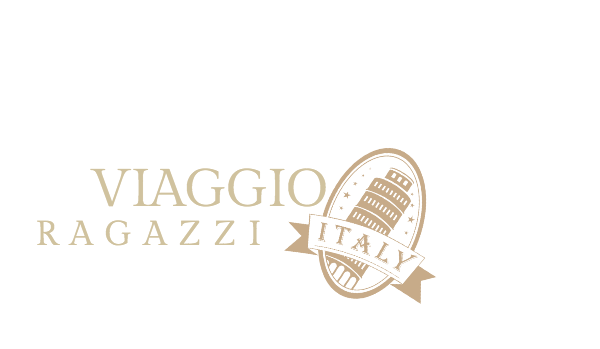Florence, the heart of Tuscany, beckons travelers with its rich tapestry of art, culture, and history. The city’s allure lies in its iconic landmarks, each telling a story of a bygone era. In this article, we give insights into the top 5 things to do in Florence, guiding you through Piazzale Michelangelo, Santa Croce, Mercato Centrale, Palazzo Pitti, and the Uffizi. Let’s uncover the treasures that make Florence a must-visit destination.
Why is it worth a trip?
Florence, a city synonymous with Renaissance art and architectural splendor, captivates visitors from around the globe. Nestled in the heart of Italy, this enchanting city is a treasure trove of historical landmarks and cultural gems. As you embark on your journey through Florence, get ready to explore the top 5 attractions that define the essence of this remarkable destination.
1. Piazzale Michelangelo
Introduction to Piazzale Michelangelo
Perched atop a hill, Piazzale Michelangelo offers a panoramic canvas of Florence’s skyline. The breathtaking views from this vantage point are a visual feast, providing a unique perspective of the city’s architectural marvels and the meandering Arno River.
Scenic Views of Florence
The sweeping vistas from Piazzale Michelangelo allow you to appreciate the city’s layout, with iconic landmarks such as the Florence Cathedral and Palazzo Vecchio standing proudly against the horizon.
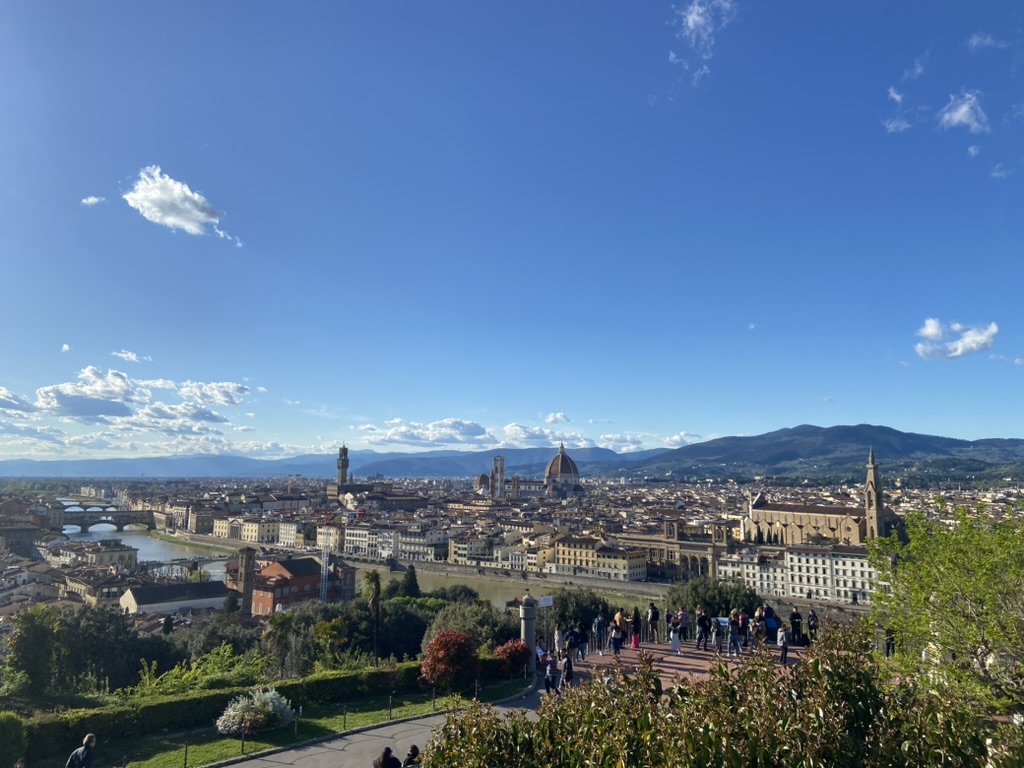
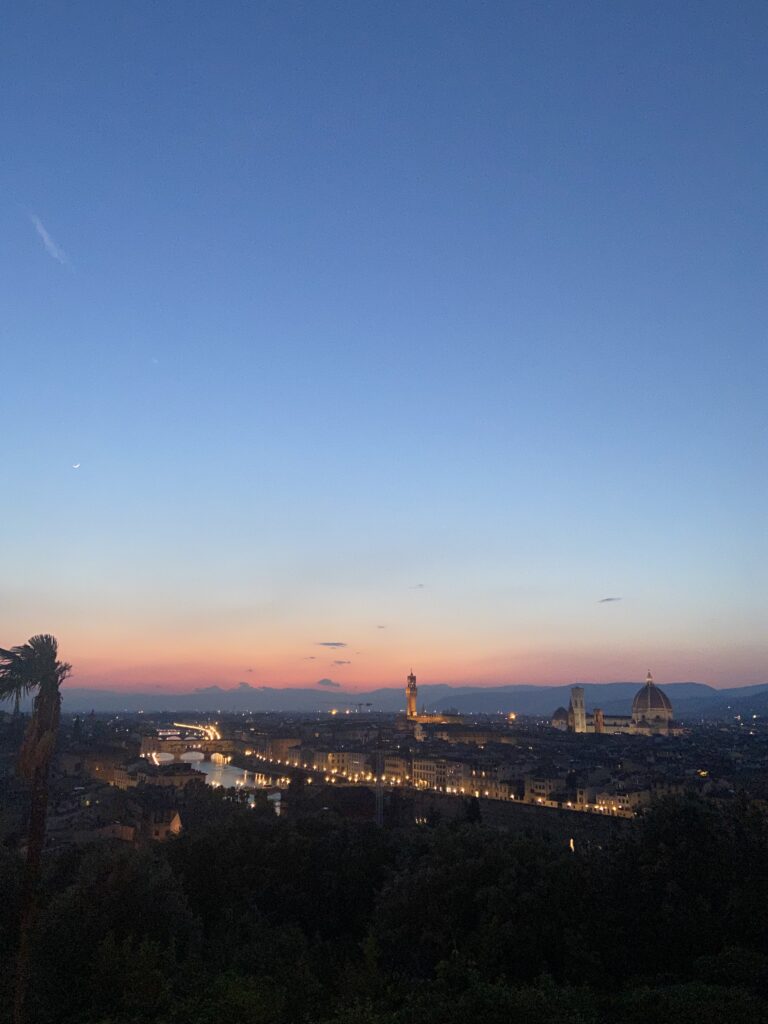
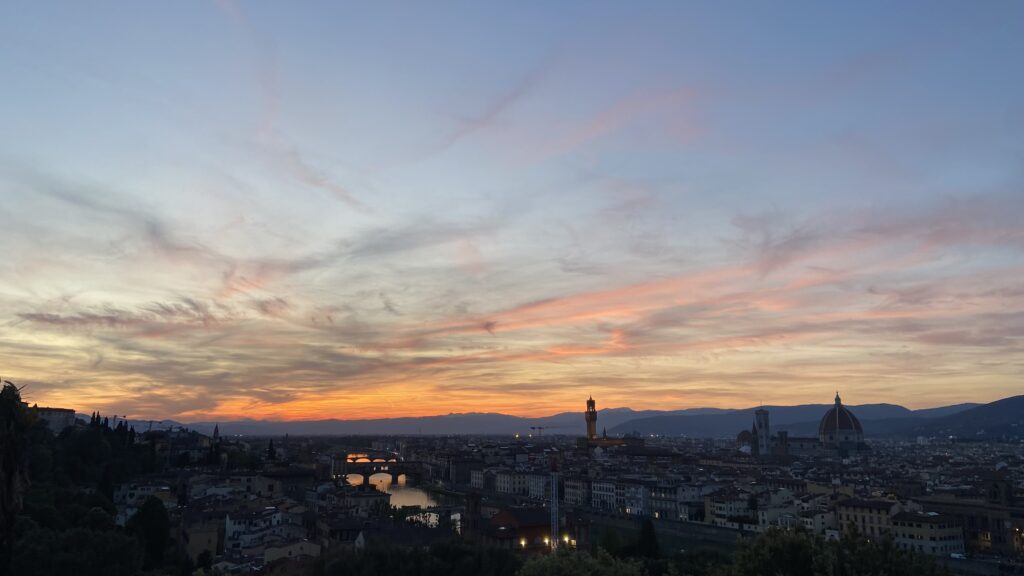
Historical Significance
Built in the 19th century, Piazzale Michelangelo serves as a tribute to the renowned Renaissance sculptor Michelangelo. The bronze replica of his masterpiece, David, stands proudly in the center of the square, adding a touch of artistic grandeur.

Tips for the Best Experience
To savor the beauty of Piazzale Michelangelo fully, consider visiting during sunset when the city is bathed in golden hues. Bring a picnic, relax on the steps, and immerse yourself in the timeless beauty that defines this iconic location.
2. Santa Croce
Unveiling the Beauty of Santa Croce
Santa Croce, an architectural masterpiece, stands as a testament to Florence’s artistic legacy. This Franciscan basilica is not only a place of worship but also a repository of captivating frescoes and sculptures.
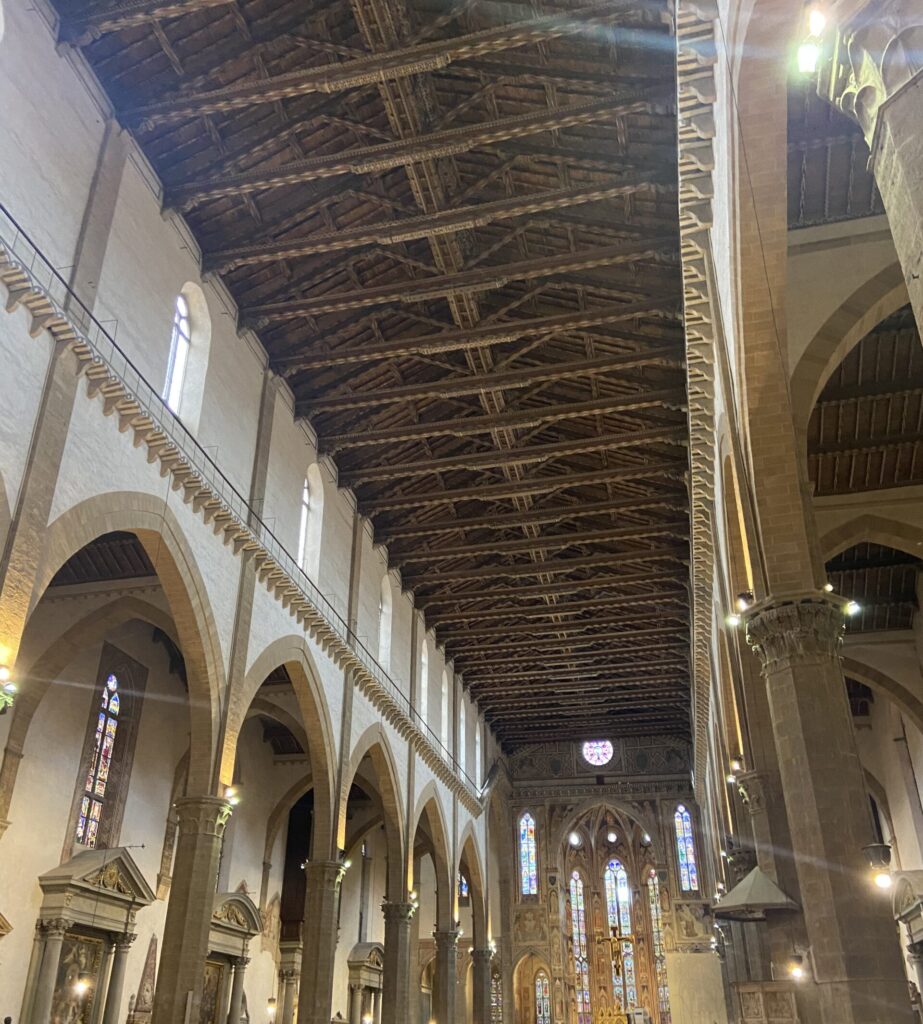
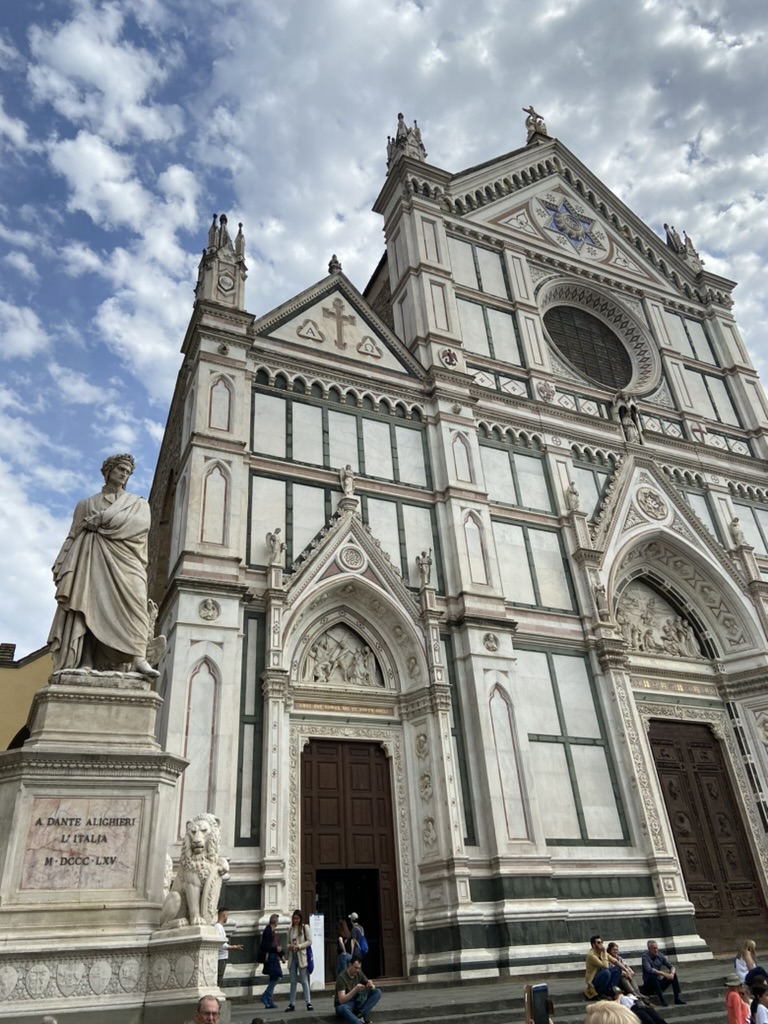

Historical Background and Cultural Importance
Constructed in the 13th century, Santa Croce has witnessed centuries of history unfold within its walls. The basilica serves as the final resting place for illustrious figures like Michelangelo, Galileo Galilei, and Niccolò Machiavelli.
Notable Attractions Within Santa Croce
- Michelangelo’s Tomb: As you step inside Santa Croce, the first notable sight is the tomb of Michelangelo Buonarroti, the genius behind masterpieces like the Statue of David and the Sistine Chapel ceiling. The tomb, adorned with sculptures representing the arts, serves as a fitting tribute to one of the greatest artists in history.
- Galileo Galilei’s Memorial: Another significant grave in Santa Croce is that of Galileo Galilei, the father of modern science. The memorial, adorned with symbols of astronomy, pays homage to the man who made groundbreaking contributions to physics and astronomy.
- Niccolò Machiavelli’s Final Resting Place: The political philosopher and author of “The Prince,” Niccolò Machiavelli, finds his eternal abode in Santa Croce. His tomb is a reminder of the intellectual legacy he left behind, exploring the complexities of politics and governance.
- Dante Alighieri’s Monument: Although Dante Alighieri, the renowned poet, is not buried in Santa Croce, a monument dedicated to him can be found within the basilica. Dante’s literary contributions, especially “The Divine Comedy,” have left an indelible mark on world literature.


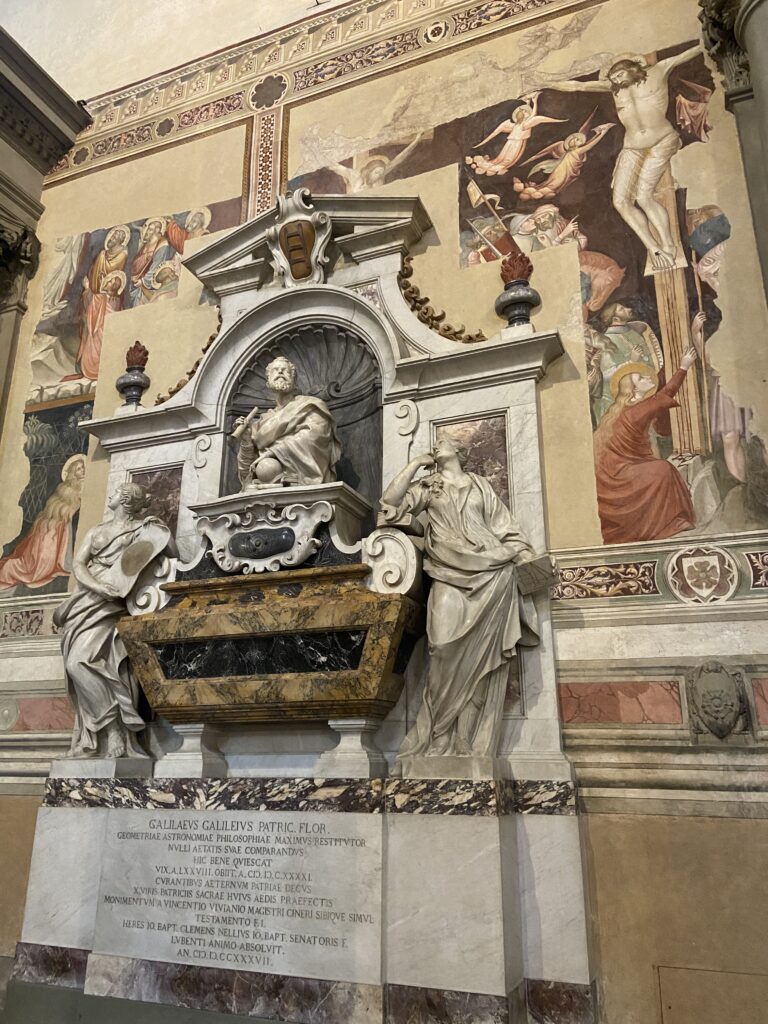
3. Mercato Centrale
Exploring the Vibrant Mercato Centrale
Mercato Centrale, a bustling market in the heart of Florence, offers a sensory delight for visitors. From the moment you step inside, the vibrant colors, enticing aromas, and the lively atmosphere create an unforgettable experience.
Culinary Delights and Local Specialties
Indulge your taste buds in the diverse array of Tuscan delicacies, fresh produce, and local treats. From artisanal cheeses and cured meats to handmade pasta and pastries, Mercato Centrale is a haven for food enthusiasts seeking an authentic taste of Florence.
Cultural Experiences at the Market
Beyond its culinary offerings, Mercato Centrale is a cultural hub. Engage with local vendors, learn about traditional ingredients, and immerse yourself in the dynamic energy that characterizes this market. Don’t forget to try the renowned Lampredotto sandwich—a local specialty you won’t find anywhere else.
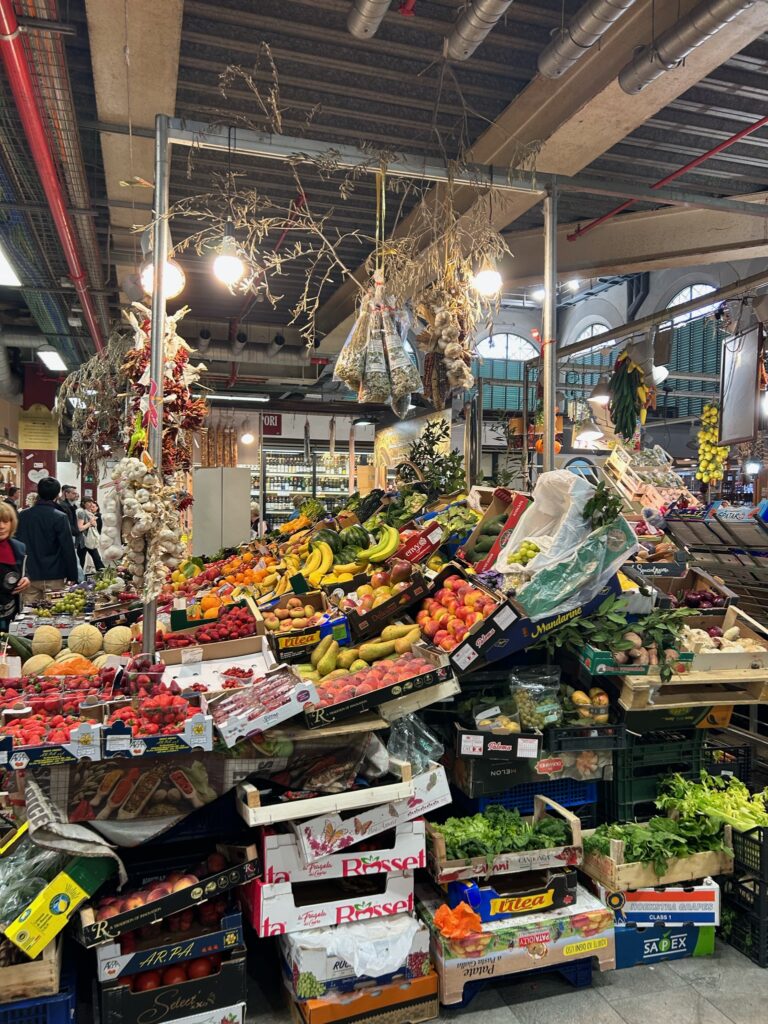

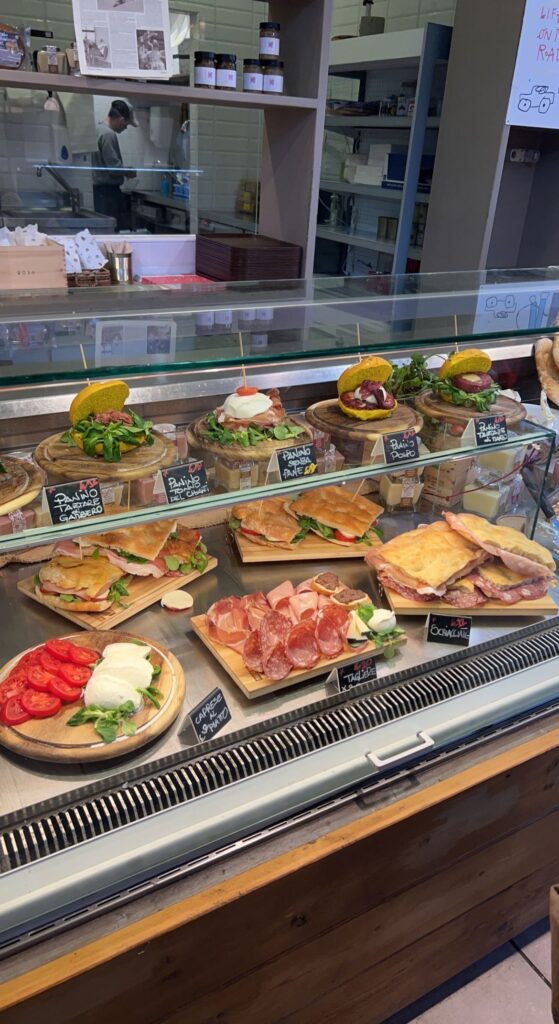
4. Palazzo Pitti
Introduction to Palazzo Pitti
Palazzo Pitti, a grand palace on the banks of the Arno River, stands as a testament to Renaissance opulence. Originally built for the Pitti family, it became the residence of the powerful Medici family, showcasing their wealth and influence.
Historical Significance
The history of Palazzo Pitti is intertwined with the rise and fall of the Medici dynasty, one of the most influential families in Renaissance Florence. The palace served as their primary residence, showcasing their wealth, political influence, and patronage of the arts.
Over the centuries, the ownership of the palace changed hands, and it eventually became the property of the Italian state. Today, Palazzo Pitti stands as a museum complex, housing an impressive collection of art and artifacts that reflect the tastes and interests of its various inhabitants.
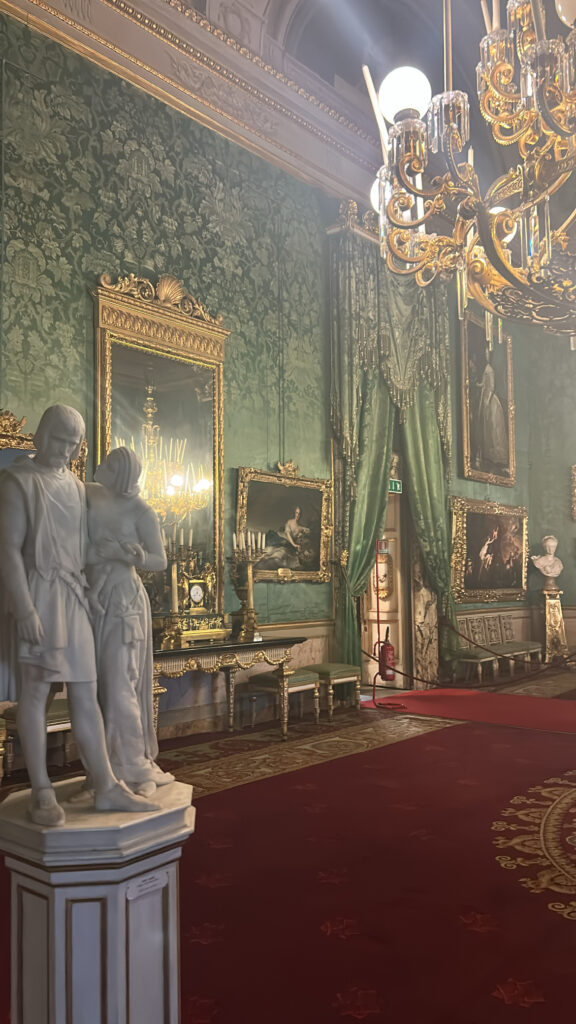
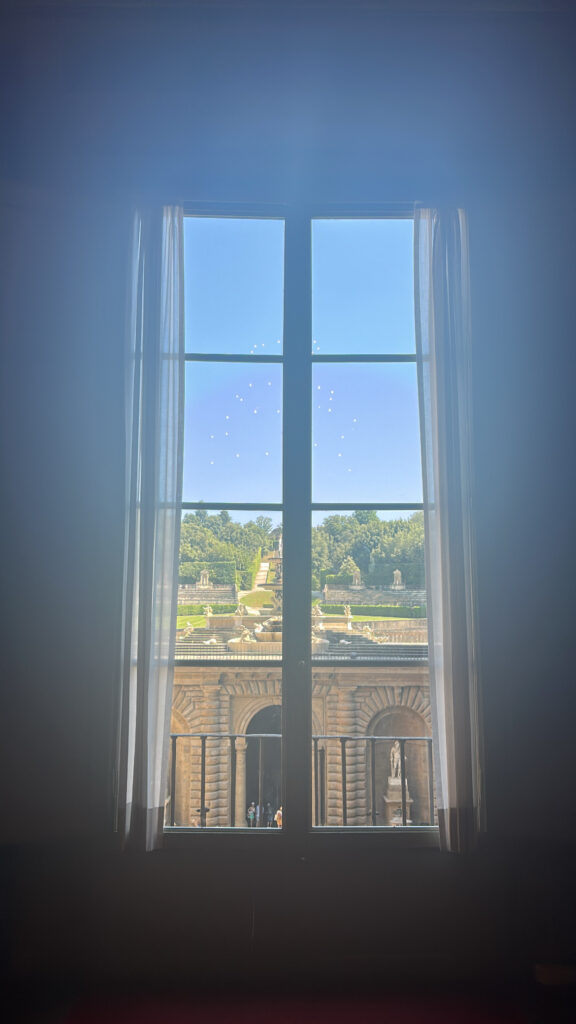

Architectural Marvels
- Renaissance Architecture: Palazzo Pitti is a prime example of Renaissance architecture, characterized by its symmetrical design, grandeur, and harmonious proportions. The facade is adorned with classical elements such as columns, pilasters, and a central pediment.
- Courtyard and Loggia: The inner courtyard of Palazzo Pitti features a beautiful open space surrounded by two-tiered loggias. The architecture seamlessly blends elements of Italian Renaissance and classical antiquity, creating a visually stunning ensemble.
- Palatine Gallery: Within the palace, the Palatine Gallery houses a remarkable collection of paintings, including works by Raphael, Titian, and Rubens. The opulent rooms themselves, with intricate frescoes and gilded decorations, offer a glimpse into the lavish lifestyle of the Medici court.
- Boboli Gardens: The palace is complemented by the expansive Boboli Gardens, a masterpiece of Italian garden design. The gardens boast a harmonious blend of formal terraces, sculptures, fountains, and hidden grottoes, providing a tranquil escape in the heart of Florence.
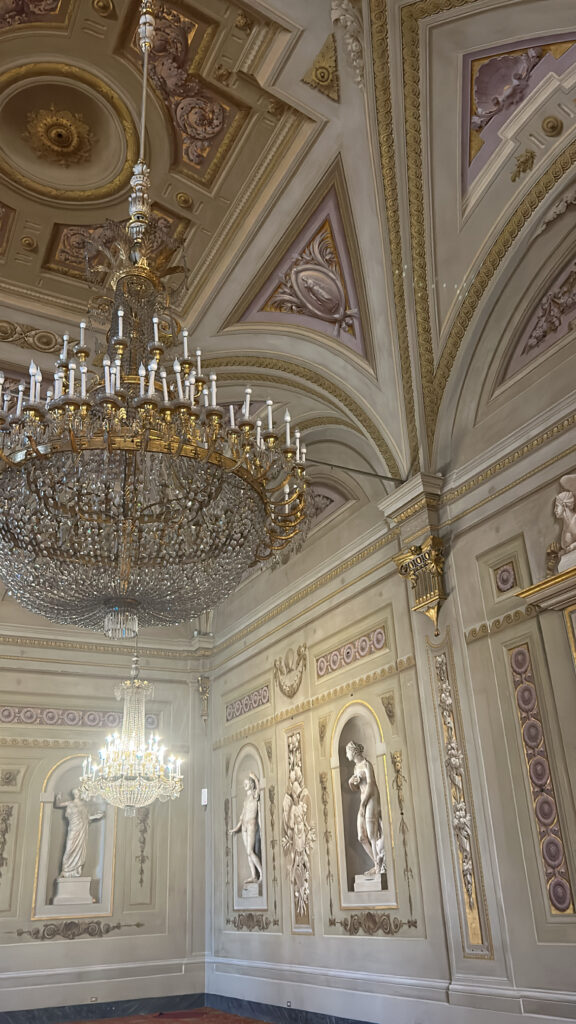

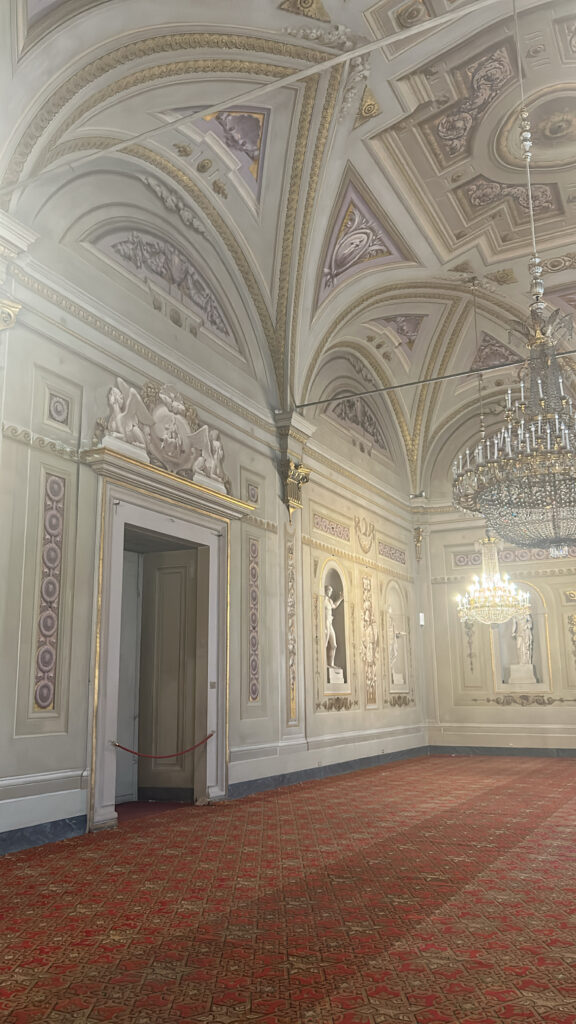
Exploring Palazzo Pitti
- Palatine Gallery: Marvel at the masterpieces within the Palatine Gallery, showcasing the artistic brilliance of renowned painters from different periods.
- Royal Apartments: Explore the lavishly decorated Royal Apartments, where the Medici rulers once lived. The opulent furnishings and intricate details offer a glimpse into the private world of the Medici family.
- Boboli Gardens: Take a leisurely stroll through the Boboli Gardens, enjoying panoramic views of Florence and discovering hidden gems like the Fountain of Neptune and the Isolotto.

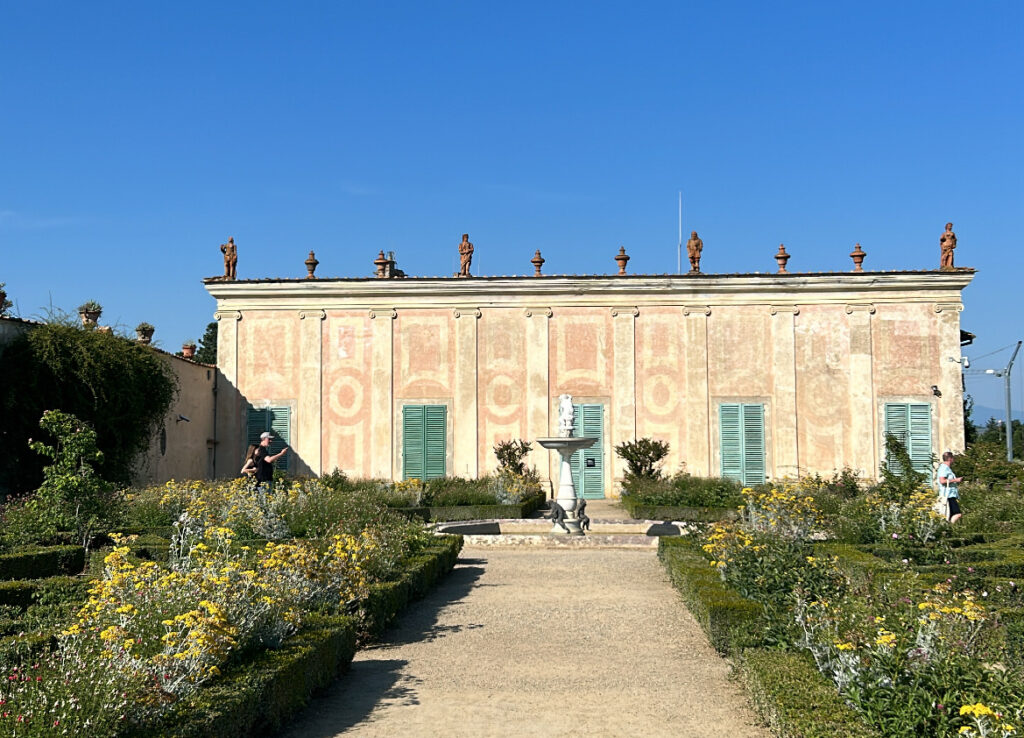

5. Uffizi
Discovering the Treasures of the Uffizi Gallery
The Uffizi Gallery, an artistic treasure trove, is a pilgrimage site for art aficionados. Housed in a 16th-century palace, it showcases an unparalleled collection of Renaissance masterpieces, sculptures, and ancient artifacts.
Renowned Artworks and Artists
- The Birth of Venus by Sandro Botticelli:
- This iconic painting, housed in the Botticelli Room, depicts the goddess Venus emerging from a clamshell. The ethereal beauty of Venus, the flowing drapery, and the delicate details make this artwork a prime example of Renaissance aesthetics.
- The Annunciation by Leonardo da Vinci:
- Leonardo da Vinci’s masterpiece captures the moment when the archangel Gabriel announces to the Virgin Mary that she will conceive the Son of God. The intricate detailing, especially in the angel’s wings and Mary’s expression, reflects da Vinci’s unparalleled skill.
- Madonna of the Goldfinch by Raphael:
- Raphael’s tender portrayal of the Virgin Mary with the infant Jesus and a young John the Baptist features a goldfinch, symbolizing Christ’s future sacrifice. The harmonious composition and soft colors showcase Raphael’s mastery of balance and grace.
- The Sacrifice of Isaac by Caravaggio:
- Caravaggio’s dramatic depiction of the biblical story unfolds with intense emotion. The play of light and shadow heightens the tension as Abraham prepares to sacrifice his son Isaac. The realism and emotional depth make this painting a Baroque masterpiece.
- Medusa by Caravaggio:
- Caravaggio’s Medusa, displayed in Room 85, is a striking portrayal of the Gorgon with snakes for hair. The artist captures the horror of the moment with incredible realism, making it a powerful and visceral piece.
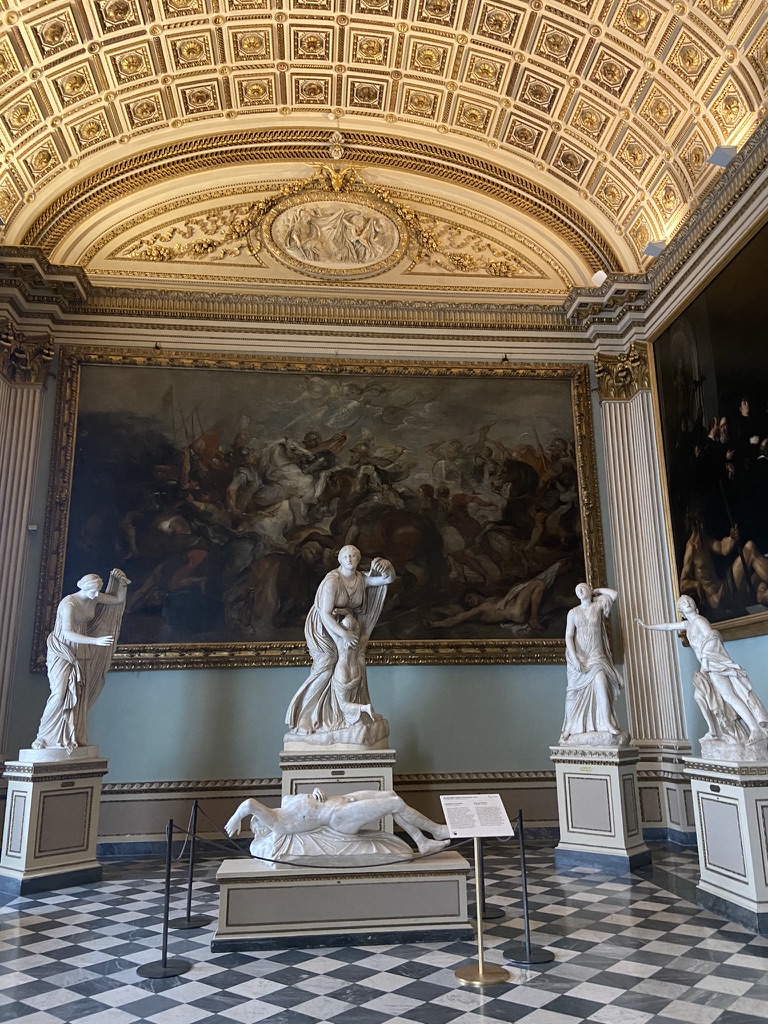
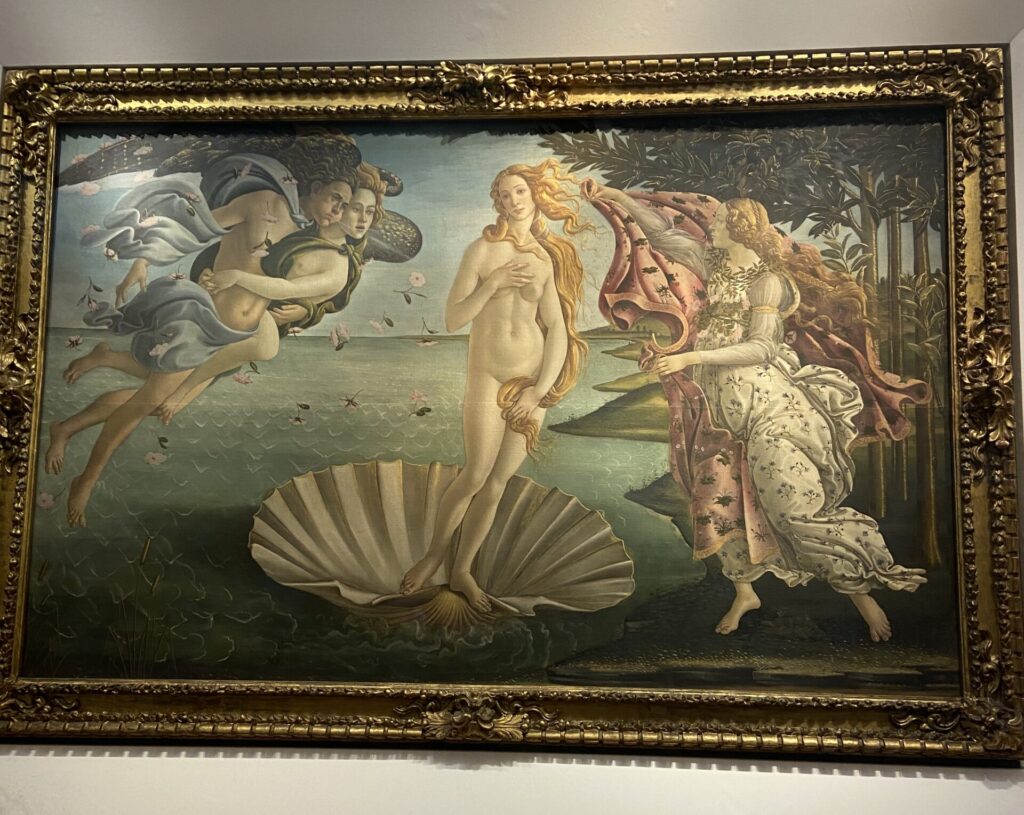
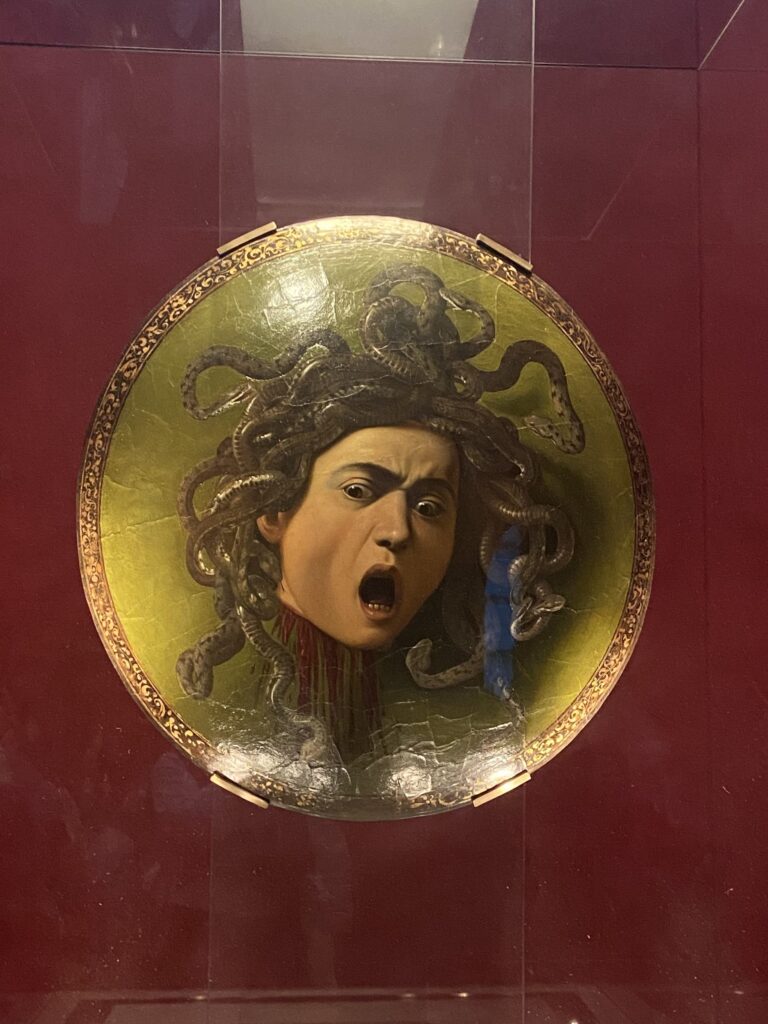
Visitor Tips and Recommendations
- Guided Tours: Consider joining a guided tour to gain deeper insights into the historical context, symbolism, and techniques employed by the artists. Knowledgeable guides can provide a more immersive experience.
- Reserved Tickets: Due to its popularity, it’s advisable to book tickets in advance or opt for a timed entry to avoid long queues and make the most of your visit.
- Room of Maps: Don’t miss the Room of Maps, where a collection of ancient maps showcases the geographical knowledge of different eras, offering a unique perspective on the evolution of cartography.
As you conclude your journey through the top 5 things to do in Florence, remember that each attraction is a brushstroke on the canvas of this captivating city. From the sweeping views of Piazzale Michelangelo to the artistic treasures within Santa Croce, the culinary delights at Mercato Centrale, the grandeur of Palazzo Pitti, and the artistry at the Uffizi Gallery—Florence offers an immersive experience like no other.
Embark on this cultural odyssey, and let the city’s history and beauty unravel before you. Florence, with its timeless charm, awaits every traveler with open arms.
Frequently Asked Questions
- What is the best time to visit Piazzale Michelangelo for the most stunning views?
- The golden hour during sunset provides an enchanting backdrop, casting Florence in warm hues.
- Are there any hidden gems within Santa Croce that visitors often overlook?
- Yes, explore the lesser-known areas like the Pazzi Chapel for hidden artistic treasures.
- What makes Mercato Centrale a must-visit for food enthusiasts?
- Mercato Centrale offers a gastronomic journey with diverse local delicacies and fresh produce.
- Is there a specific order to explore Palazzo Pitti and its gardens?
- Begin with the palace’s opulent interiors before strolling through the Boboli Gardens for a seamless experience.
- **Are guided tours recommended for the Uffizi Gallery, or can visitors explore it
